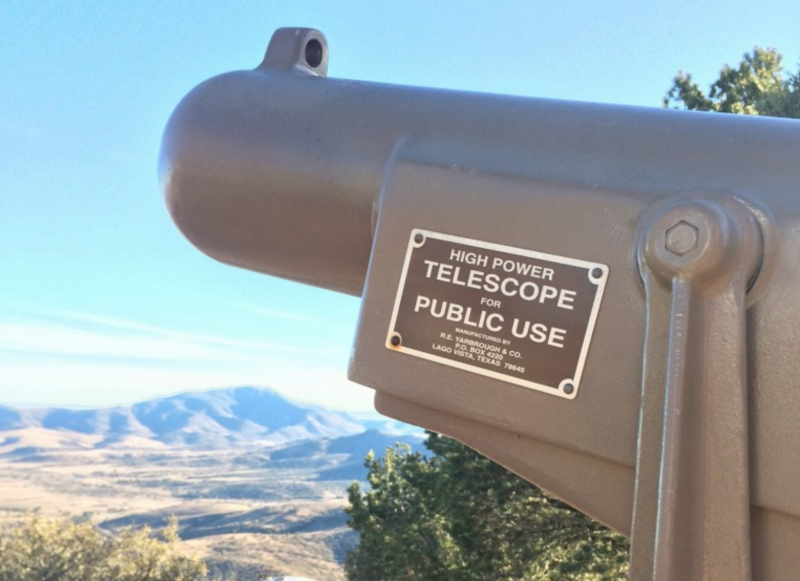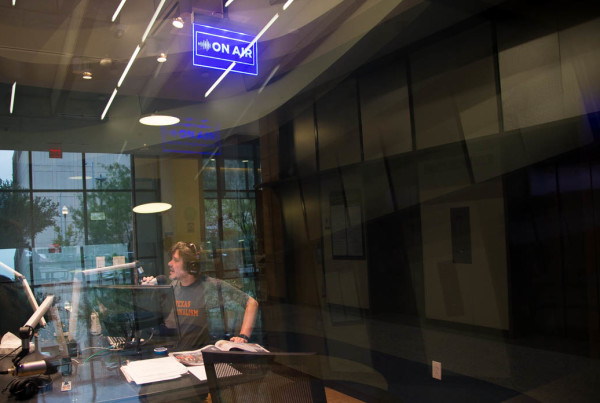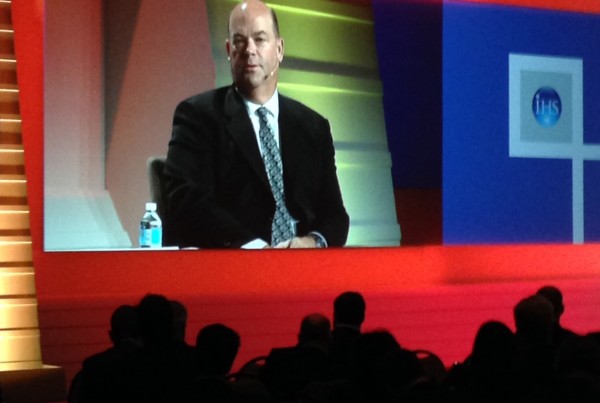This story originally appeared on Marfa Public Radio.
It’s a warm afternoon on top of Mount Locke in Far West Texas, but inside and under the dome of the oldest telescope here, astronomer Stephen Odewahn shivers, “Tt is cold. Yeah, we’re in the dome of the 82-inch telescope, the first observatory out here. And it’s cold, because usually all of the domes we try to condition them through the day, to have the temperature that’s it’s going to be at night, when you open up.”
The discovery of a new planet is cause for celebration, says Odewahn. “When I was a graduate student, in fact, there were no planets around other stars. We didn’t know of any such thing. We only knew of planets in our solar system. And in the past 15 years, now, we know of a couple thousand planets around other stars.
Andrew Mann, who made the discovery, has a motto. “There’s sort of the saying, ‘You only know the planets, as well as you know the star.’” And this relationship has been key to his work. “So, my main area research is trying to study small stars. Stars smaller than the sun, which we call M-dwarfs And in particular, I’m interested in the planets around them. In particular small Earth-like planets.”
At the controls of the telescope, Odewahn puts it in perspective: “Maybe not an uncommon discovery, but it was fairly unique in that it’s a plant around a low-mass star. Much, much lower mass than our sun. The type of planet you can find around a lower-mass star is generally a lower-mass planet. And that’s what’s exciting about this one. It’s about four times the mass of our Earth.
It’s also important, because it’s nearby. “Well it’s the closest cluster that we have to our system, to our solar system. And it’s very young. It’s about half a billion years old ,about 600 million years. And that’s that’s pretty young for a star.” That’s about 1/8th the age of our sun.
The discovery began with publicly available data from the Kepler space telescope. According to Odewahn, “A couple of amateur astronomers, actually, went online and were going through all of the what-are-called light curves, and possibly showing evidence of the occurrence of a planet. And that’s what these guys found. And so they actually were the discovers of the planet. They contacted someone at the University of Texas, Andrew Mann. And he did the important follow-up work to confirm that, yes, it’s a planet.”
McDonald Observatory was instrumental – literally – in making that confirmation. Says Odewahn, “He used a relatively new spectrograph we’ve had up-and-running here for about a year. It’s called the Igrin Spectrograph. It’s like many spectrographs here at McDonald, except it works way out in the infrared part of the spectrum.”
The spectrograph is kept in the neighboring telescope and there’s a waiting list for it, explains Odewahn. “I got time on it to do a project to look at galaxies, certain types of galaxies. But unfortunately, it’s a highly oversubscribed instrument. We worked weeks and weeks on the proposal. We got one night and it rained almost all night. So we didn’t get any real data.”
But the data on K2-25B is useful, says Odewahn, because observing a young planet like this helps astronomers better understand how planets form and evolve.

















